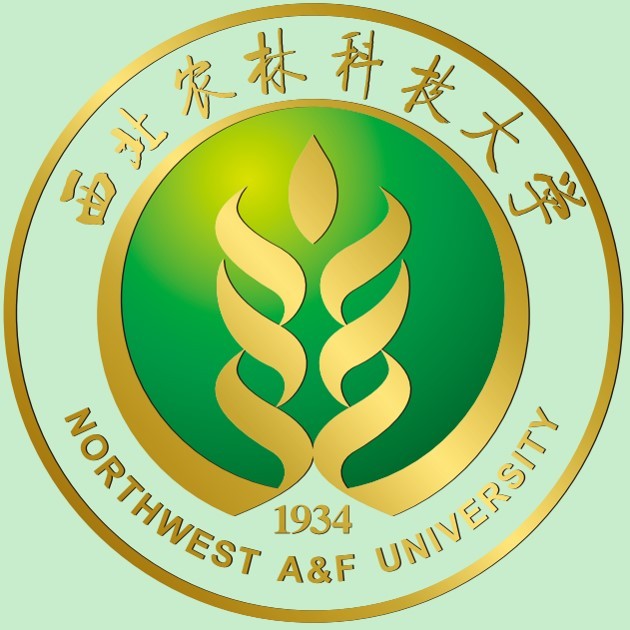The research team published a paper in Advanced Science entitled "Transition Metal High-Entropy Nanozyme: Multi-Site Orbital Coupling Modulated High-Efficiency Peroxidase Mimics". The first author of this paper is Master Jianxing Feng, corresponding authors are Professor Jianlong Wang and Associate Professor Wentao Zhang. The first author is from Northwest A&F University.
Strong substrate affinity and high catalytic efficiency are persistently pursued to generate high-performance nanozymes. Herein, with unique surface atomic configurations and distinct d-orbital coupling features of different metal components, a class of highly efficient MnFeCoNiCu transition metal high-entropy nanozymes (HEzymes) is prepared for the first time. Density functional theory calculations demonstrate that improved d-orbital coupling between different metals increases the electron density near the Fermi energy level (EF) and shifts the position of the overall d-band center with respect to EF, thereby boosting the efficiency of site-to-site electron transfer while also enhancing the adsorption of oxygen intermediates during catalysis. As such, the proposed HEzymes exhibit superior substrate affinities and catalytic efficiencies comparable to that of natural horseradish peroxidase (HRP). Finally, HEzymes with superb peroxidase (POD)-like activity exhibited desirable performance in target compound detection, drug-resistant bacteria elimination, and bacterial biofilm eradication.In general, this work is intended to provide an original paradigm for the exploitation of high-performance nanozymes with enhanced catalytic activities and to make High-entropy alloys (HEAs) a platform for the effective design and application of nanozymes.
https://doi.org/10.1002/advs.202303078

